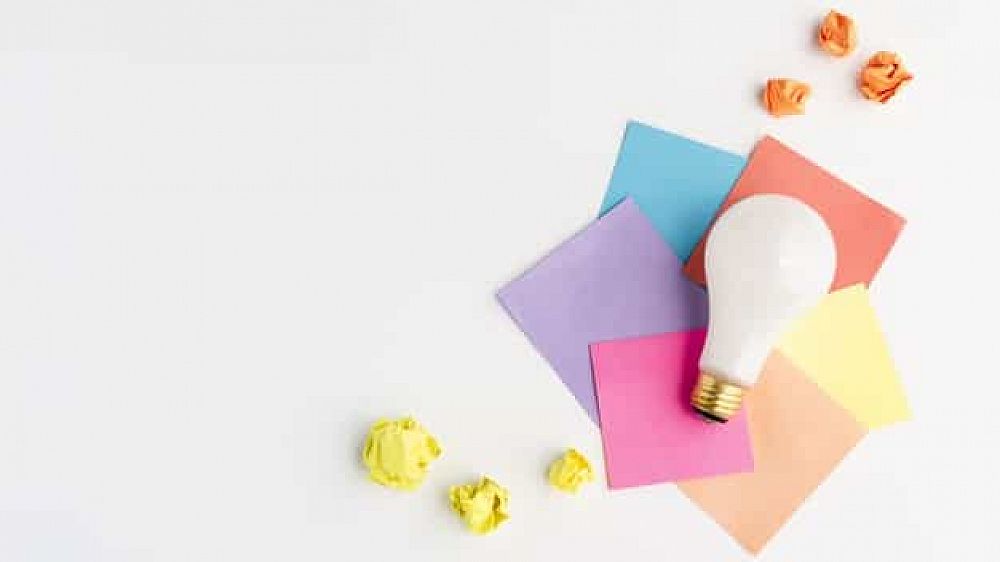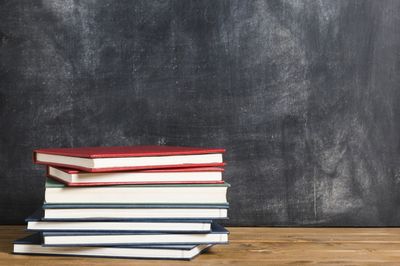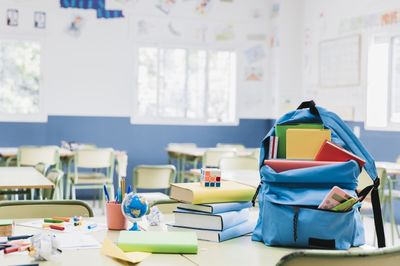Inspiration to Create Teaching Materials

Teaching is a creative enterprise and creating your materials is very satisfying. There are many positive reasons for a teacher to create their materials. Purposely created materials are inexpensive, tailored to specific grammar and language topics, adaptable for different language levels, specific expansions on the course resources, culturally sensitive and correct. From my perspective, among the most important reasons for creating your materials are that it adds a personal touch to your class, and it enables you to have a sense of ownership in the curriculum.
Table of Contents
Do you want to teach English abroad? Take a TEFL course today!
This post was written by our TEFL certification graduate Cindy N. Please note that this blog post might not necessarily represent the beliefs or opinions of ITTT.
Topics to discuss
- Teaching web-sites
- Print Media
- Deconstructing books
- Deconstructing games
- Upcycling materials
- Collecting Realia
- Creating realia-based materials
- Assembling a teacher resource kit
Online resources
The Internet is an enormous resource for teachers. Internet sites range from commercial curriculum ideas to do-it-yourself craft instructions. These sites may inspire your materials or give examples of templates for personalizing according to your classroom needs. There are internet websites that produce crosswords, word scrambles, and bingo boards from the words or phrases that you input.

Also Read: How Teaching English In Brazil Inspired Me To Take My TEFL and Pursue A Teaching Career
Printed materials
Our daily lives are filled with print media possibilities for use in our classrooms. Magazines, newspapers, brochures, and calendars become sources of visual information to add interest to a lesson. The photos and articles can be general to cover many lesson possibilities or to provide a very specific application to a lesson. Print media gives teachers access to articles and photos of local interest.
Teachers are creative and perceptive. A visit to a local thrift store can stimulate many ideas for class materials. Used books are a great resource. One should not be timid to disassemble a used book for pictures, charts, graphs, diagrams and other information for class themes. Used book stores are good sources for ESL books, dictionaries and books at different language levels to supplement the reading materials in your classroom.
Also Read: How much does a TEFL course cost?
Second-hand materials
Used games are an excellent source of teaching resources and materials. A game can be dissected into its various pieces and parts. Games contain spinners, buzzers, die, magnetic letters and game markers. For example, Scrabble games are a great source of wooden letters that can be assembled into alphabet kits for spelling practice. Games may contain cards that give action directions for mimes or cards that ask questions for role plays. The cards from a game may be used for identification or matching games. A creative teacher can turn cards from games into instant flashcards.
Upcycling materials is the practice of using one source of student work for multiple objectives. For example, one reading worksheet can serve multiple functions such as the first reading is for comprehension or reading level work, subsequent readings can identify verbs, nouns, word endings, prefixes, key vocabulary words or punctuation. Discover how many ways you can pull information from a single worksheet. Upcycling helps the student to dissect reading material and glean different information from each reading. Skimming and scanning are important skills for language learners.

Also Read: Two Main Ways of Teaching Vocabulary to English Language Learners
Life-learning
Real-life is important to language learners. Language learners are anxious to know how to navigate through everyday experiences. Using realia brings a practical application aspect into your teaching. Train yourself to look for realia in your normal daily activities. Some useful forms of realia are appointment cards from doctor offices, business cards, menus, theatre programs, bus schedules, job applications, school applications, public school forms, voting forms, driver's license applications, rental contracts, advertisements, maps, and recipe books.
Self-made materials
Teachers can extend the use of their realia collection by creating materials based on the realia. You can develop worksheets that pull information from applications and forms, make copies of the realia for students to fill out and complete, create questionnaires, student to student surveys and simple games based on the realia information. You can develop role-plays and scenarios where the students use the realia to solve a problem or give advice and/or information to another student. For an example of pair work, one student can ask for directions and the other student finds the information on the map and gives the directions.
Also Read: 8 Personality Types to Help You Understand Your Students' Needs
Recycled materials
A valuable resource is a kit of reusable materials. Blank templates can be created for surveys, information-gathering activities, bingo boards, and basic charts. Laminated templates become reusable and durable.
The students can participate in the creative process by filling in templates with words, simple sentences and questions. The creative process encompasses the four areas of language acquisition: writing, reading, speaking and listening.
A resourceful teacher has a repertoire of on-the-spot games. These are games or activities the teacher can quickly draw on the board or can be accomplished without props. There are common games such as hangman, matching word pairs, 20 questions, 4 corners, and charades. The Flyswatter activity is quick and fun for students. The teacher writes vocabulary words randomly on the board. Two students come to the board and are each given a flyswatter. A word is announced, and the students compete to see who can cover the word the quickest with their flyswatter. A simple pad of sticky notes may be all an inventive teacher needs to create an on-the-spot game or competition.

Also Read: Teaching ESL vs. EFL - What's the difference?
Absolute Minimum
A class kit of a creative and prepared teacher may include the following items such as die, scrabble letters, sticky note pads, blank 3x5 cards, wipe board markers, pencils, magnets for displaying photos, flashcards, flyswatters, laminated templates, collected realia, and pieces from deconstructed games like buzzers, spinners, game markers, and cards.
Creating personalized material for a class empowers the teacher to be able to meet the needs of an individual student and/or the specific needs of the whole group. A perceptive teacher develops an eye for finding sources for materials in many places. A teacher who creates their materials adds a personal touch to each class and has the satisfaction of contributing in an important way to the learning process of their students.
Do you want to teach English abroad? Take a TEFL course today!
Apply now & get certified to teach english abroad!
Speak with an ITTT advisor today to put together your personal plan for teaching English abroad!
Send us an email or call us toll-free at 1-800-490-0531 to speak with an ITTT advisor today.
Related Articles:
- How do I get a job teaching English in South Korea
- 10 Questions You Need to Ask Before Enrolling In a TEFL Course
- The 10 Best Destinations for Teaching English Abroad in 2018
- Online or In-Class - Which TEFL Course Should You Take?
- The Best Government Programs For Teaching English Abroad
- What Scams to Look Out for When Looking for TEFL Jobs



